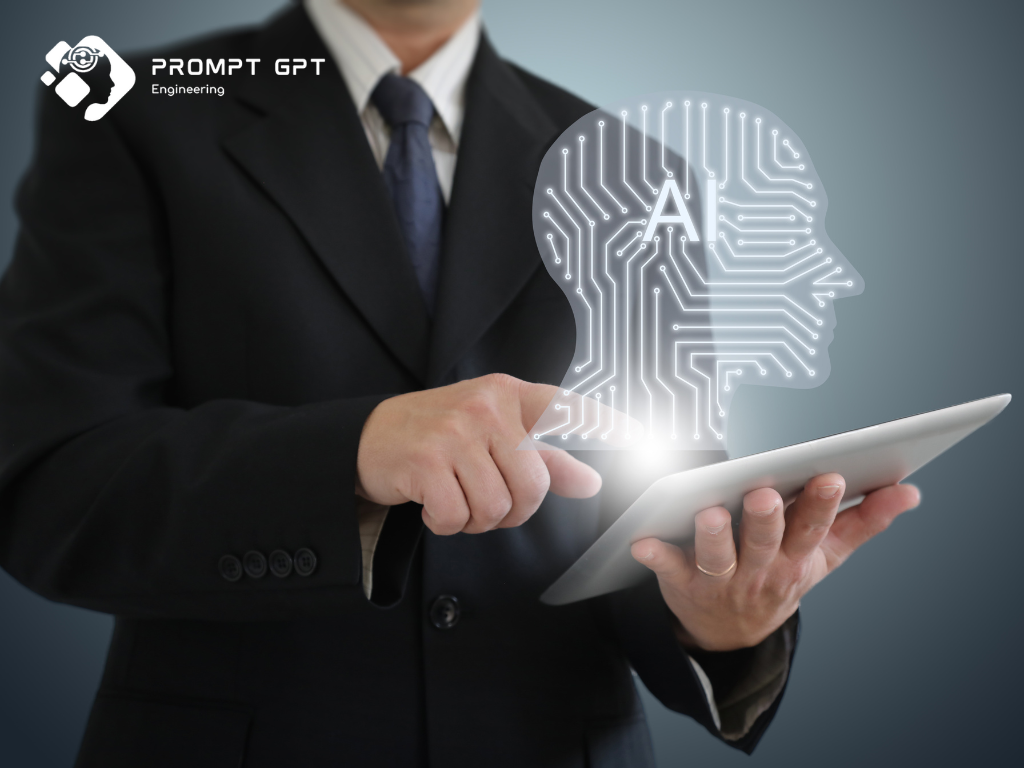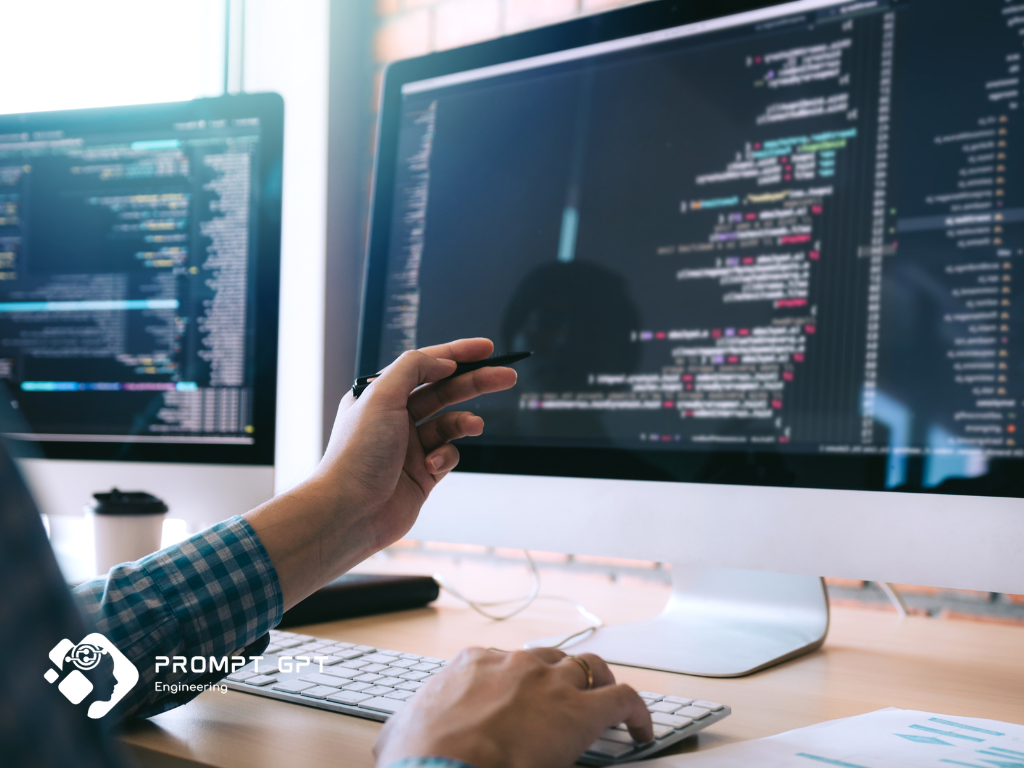LangChain development involves the creation and management of blockchains, which are decentralized digital ledgers used to record transactions across many computers. This ensures that the record cannot be altered retroactively without altering all subsequent blocks, which requires network consensus. LangChain’s primary principles include decentralization, transparency, and security, making it suitable for various applications like finance, supply chain management, and voting systems.
Role of AI in LangChain
Artificial Intelligence developers is transforming LangChain development by enhancing data analysis, security, and efficiency. AI algorithms can predict network behavior, detect fraud, and optimize transaction processing. The integration of AI into LangChain helps in automating smart contracts, improving consensus mechanisms, and managing large datasets more effectively. This synergy between AI and blockchain technology opens new possibilities for innovation and efficiency.
Setting Up the Development Environment

Required Tools and Software
To start with LangChain and AI development, the following tools and software are essential:
- Programming Languages: Python, Solidity, JavaScript
- Blockchain Platforms: Ethereum, Hyperledger, Corda
- AI Frameworks: TensorFlow, PyTorch, Keras
- Development Tools: Visual Studio Code, Remix IDE, Truffle
- Databases: IPFS, BigchainDB
Step-by-Step Setup Guide
- Install Required Software: Download and install necessary software and tools like Node.js, Python, and blockchain platforms.
- Set Up a Development Environment: Configure IDEs such as Visual Studio Code or Remix IDE for smart contract development.
- Install AI Frameworks: Set up TensorFlow or PyTorch for AI development.
- Configure Blockchain Nodes: Set up local or testnet nodes to interact with the blockchain.
- Initialize Projects: Create initial project structures for both LangChain and AI components.
- Test the Setup: Run basic tests to ensure the development environment is correctly configured.
Fundamental Concepts in LangChain and AI
Basic LangChain Concepts
- Blocks: Data structures that store transaction information.
- Chains: Series of blocks linked together, forming a secure, immutable ledger.
- Transactions: Data recorded in blocks, representing asset transfers or other actions.
- Consensus Mechanisms: Protocols like Proof of Work (PoW) and Proof of Stake (PoS) ensuring network agreement on the blockchain state.
AI Basics for Developers
- Machine Learning (ML): Algorithms that allow systems to learn and improve from experience.
- Neural Networks: Computing systems inspired by the human brain, used in deep learning.
- Natural Language Processing (NLP): Techniques to understand and generate human language.
- Reinforcement Learning: Training models through trial and error to achieve specific goals.
Developing with LangChain and AI

Creating Basic LangChain Applications
- Smart Contracts: Write and deploy simple smart contracts using Solidity on platforms like Ethereum.
- Decentralized Applications (DApps): Develop basic DApps that interact with the blockchain, using JavaScript and web3.js.
Integrating AI into LangChain Projects
- AI-Powered Smart Contracts: Use AI to automate and enhance smart contract functionalities.
- Predictive Analytics: Implement AI algorithms to predict transaction trends and optimize network performance.
- Fraud Detection: Integrate machine learning models to detect and prevent fraudulent activities within the blockchain network.
Tools and Frameworks for LangChain and AI Development
Popular Development Tools
LangChain and AI development require robust and versatile tools to facilitate coding, debugging, and deployment. Some of the most popular tools and IDEs include:
- Visual Studio Code (VS Code): A highly customizable and powerful IDE with a wide range of extensions for both LangChain and AI development.
- Remix IDE: Specifically designed for smart contract development, providing a user-friendly interface for writing, testing, and deploying Ethereum contracts.
- Truffle Suite: An all-in-one development environment for Ethereum, featuring smart contract compilation, testing, and deployment.
- Solidity: The primary programming language for writing smart contracts on Ethereum, supported by various editors and IDEs.
AI Frameworks and Libraries
Integrating AI into LangChain projects requires the use of advanced AI frameworks and libraries. Key tools include:
- TensorFlow: An open-source machine learning framework developed by Google, widely used for building and training neural networks.
- PyTorch: A deep learning framework developed by Facebook, known for its flexibility and ease of use, particularly in research and development.
- Keras: A high-level neural networks API, running on top of TensorFlow, that simplifies the process of building and training models.
- scikit-learn: A versatile machine learning library in Python, offering simple and efficient tools for data analysis and modeling.
Best Practices for LangChain and AI Development

Coding Standards and Guidelines
To ensure the development of robust and maintainable LangChain applications, adhere to the following coding standards:
- Consistency: Use consistent naming conventions, indentation, and formatting across your codebase.
- Modularity: Write modular code by breaking down complex functionalities into smaller, reusable components.
- Documentation: Maintain comprehensive documentation to facilitate understanding and collaboration among team members.
- Version Control: Utilize version control systems like Git to track changes and manage code collaboratively.
Security Best Practices
Ensuring the security and integrity of LangChain applications is crucial, especially when integrating AI components. Follow these strategies:
- Smart Contract Audits: Regularly audit smart contracts to identify and fix vulnerabilities.
- Access Controls: Implement strict access controls to protect sensitive data and functionalities.
- Data Encryption: Use encryption to safeguard data both in transit and at rest.
- Regular Updates: Keep all software components up to date to mitigate risks from known vulnerabilities.
Testing and Debugging LangChain Applications
Testing Techniques
Effective testing is essential to ensure the reliability of LangChain applications. Employ the following testing methodologies:
- Unit Testing: Test individual components or functions to ensure they work as expected.
- Integration Testing: Verify that different components work together correctly.
- End-to-End Testing: Simulate real-world scenarios to test the entire application workflow.
- Automated Testing: Use automated testing tools to streamline the testing process and improve efficiency.
Debugging Tools and Tips
Debugging LangChain applications can be challenging. Use these tools and tips to ensure smooth operation:
- Solidity Debugger: Utilize debugging tools like Remix’s built-in debugger for smart contract debugging.
- Logging and Monitoring: Implement logging and monitoring to track application behavior and identify issues.
- Error Handling: Write robust error-handling mechanisms to gracefully manage unexpected situations.
- Step-by-Step Debugging: Use step-by-step debugging techniques to trace and fix issues systematically.
Deployment and Maintenance
Deploying LangChain Applications
Deploying LangChain applications in a production environment involves several key steps:
- Environment Setup: Ensure the production environment is properly configured and secure.
- Smart Contract Deployment: Deploy smart contracts to the blockchain, verifying each step.
- Application Deployment: Deploy the front-end and back-end components, ensuring seamless integration.
- Post-Deployment Testing: Conducts thorough testing post-deployment to confirm everything is working correctly.
Ongoing Maintenance and Updates
Maintaining and updating LangChain applications is essential for long-term performance and security:
- Regular Audits: Perform regular audits to identify and fix any issues.
- Continuous Improvement: Continuously improve the application based on user feedback and performance data.
- Security Patches: Apply security patches promptly to mitigate risks from new vulnerabilities.
- Performance Monitoring: Monitor performance metrics to ensure the application runs efficiently.


